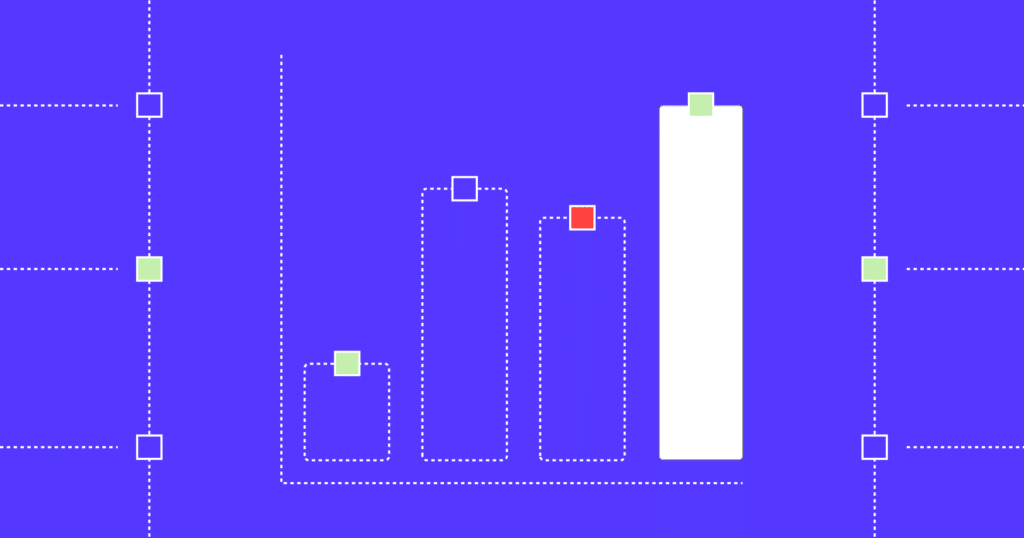
If you’ve been hearing a lot about UX design lately but aren’t quite sure how it impacts your business growth, you’re in the right place. Let’s break down the basics of UX design and explore how its core tenets (via Google) — usability, equity, enjoyment, and usefulness — can propel your business forward.
What is UX Design?
User Experience (UX) design is all about creating products that provide meaningful and relevant experiences to users. It’s not just about making things look good (that’s UI design), but ensuring that every interaction a user has with your product is smooth, intuitive, and satisfying. Good UX design is like the secret ingredient that keeps users coming back for more.
The Four Pillars of UX Design
1. Usability
Definition: Usability refers to how easy and intuitive it is for users to interact with your product. It’s about minimizing friction and ensuring that users can achieve their goals efficiently.
Impact on Business Growth:
- Increased Conversion Rates: When users find your website or app easy to navigate, they’re more likely to complete desired actions, like making a purchase or signing up for a newsletter.
- Reduced Customer Support Costs: A usable product reduces the number of issues users encounter, which means fewer calls and emails to your support team.
- Positive Word-of-Mouth: Users who have a seamless experience are more likely to recommend your product to others, driving organic growth.
2. Equity
Definition: Equity in UX design means creating experiences that are accessible and usable by people of all abilities and backgrounds. It’s about ensuring inclusivity and removing barriers.
Impact on Business Growth:
- Broader Audience Reach: By designing inclusively, you can tap into a larger market, including individuals with disabilities.
- Enhanced Brand Reputation: A commitment to equity demonstrates social responsibility, which can enhance your brand’s reputation and appeal to socially conscious consumers.
- Compliance: Ensuring your product is accessible helps you comply with legal standards.
3. Enjoyment
Definition: Enjoyment is about making the user experience pleasant and engaging. It’s the difference between a product that users tolerate and one they love.
Impact on Business Growth:
- Customer Retention: Users who enjoy their experience are more likely to return and stay loyal to your brand.
- Increased Engagement: Enjoyable experiences encourage users to spend more time interacting with your product, which can lead to higher conversion rates.
- Positive Reviews and Testimonials: Happy users are more likely to leave positive reviews and share their experiences, attracting new customers.
4. Usefulness
Definition: Usefulness means that your product effectively meets users’ needs and helps them achieve their goals. It’s about providing real value.
Impact on Business Growth:
- Product Adoption: When users find your product genuinely useful, they’re more likely to adopt it and integrate it into their daily lives.
- Competitive Advantage: A useful product that addresses unmet needs can differentiate you from competitors and position your brand as a market leader.
- Customer Satisfaction: Usefulness drives satisfaction, leading to repeat business and long-term customer relationships.
How UX Design Drives Business Growth
Better Customer Experiences
At its core, UX design is about enhancing the customer experience. When users have positive interactions with your product, they’re more likely to develop a positive perception of your brand. This can lead to higher customer satisfaction, increased loyalty, and ultimately, more revenue.
Improved Metrics
Good UX design positively impacts key business metrics such as conversion rates, bounce rates, and user retention. By making it easy and enjoyable for users to interact with your product, you can boost engagement and drive more conversions.
Cost Efficiency
Investing in UX design can save money in the long run. A well-designed product reduces the need for extensive customer support and costly redesigns. It also helps prevent the loss of potential customers due to poor usability or accessibility issues.
Stronger Brand Identity
A consistent and positive user experience strengthens your brand identity. It ensures that every touchpoint with your users reflects your brand’s values and promises, building trust and recognition over time.
Getting Started with UX Design:
- User Research: Understand your users’ needs, preferences, and pain points through surveys, interviews, and usability testing.
- Wireframing and Prototyping: Create wireframes and prototypes to visualize and test the design before full-scale development.
- Feedback and Iteration: Continuously gather user feedback and iterate on your design to improve usability, equity, enjoyment, and usefulness.
- Collaboration: Foster collaboration between designers, developers, and marketers to ensure that the UX design aligns with your business goals and brand strategy.
By focusing on usability, equity, enjoyment, and usefulness, you can create exceptional user experiences that drive business growth. So, let’s put ourselves in our users’ shoes and start designing with these core tenets in mind. Here’s to creating products that not only meet but exceed user expectations!
If you need an expert to assist with the UX design of your project, feel free to reach out — we’d love to connect!